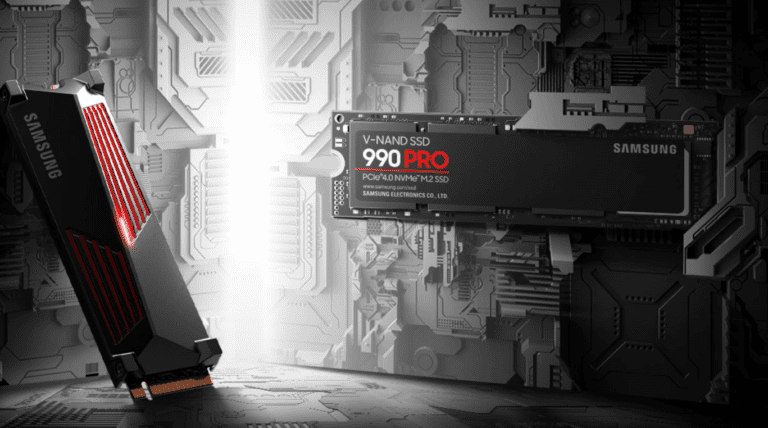At the recent China Flash Memory Market Summit, Samsung has boldly predicted that a single SSD capacity could reach 1 PB within the next decade. This comes after the company showcased a prototype 128TB SSD at last year’s August Flash Memory Summit.
The device used QLC (4 bits/cell) NAND, boasted zoned namespaces, and a PCIe/NVMe interface. But Samsung’s plans for even greater storage capacity don’t end there. The company is developing 238-layer 3D NAND tech, with ambitions to reach 1,000 layers eventually. It is also pushing for adopting PLC (Penta Level Cell – 5 bits/cell) technology, which could make a 1,000-terabyte SSD a reality by the 2030s.
Also read: Samsung moves to PCIe 5.0, develops first supported SSD
Micron and Kioxia showed up
Meanwhile, Micron unveiled a high-performance PCIe 5.0 SSD with memory bandwidth twice that of PCIe 4.0. VP Dinesh Bahal stated that the actual performance would be even faster if combined with new application acceleration technology.
Kioxia CTO Liu Maozhi discussed the company’s gen 2 XL-Flash MLC technology with a PCIe 5.0 interface. He highlighted Copy OFFLOAD and RAID OFFLOAD functions that simplify the parity check process without taking up host CPU resources.
This suggests that Kioxia’s storage-class memory SSD will be more than a passive device.
Tip: ‘WD in talks with Kioxia about a possible $20-billion merger’
We will see more breakthroughs in the storage tech industry
Finally, Solidigm introduced the world’s first PLC NAND SSD prototype. He argued that the higher density and lower cost of PLC technology would be the foundation for a new round of HDD replacements in the future.
These exciting developments from Samsung, Micron, Kioxia, and Solidigm are sure to be hotly discussed at this year’s August Flash Memory Summit in San Jose. It’s clear that the industry is pushing the limits of what is possible with SSDs, and the next decade could see some truly incredible breakthroughs in storage technology.
